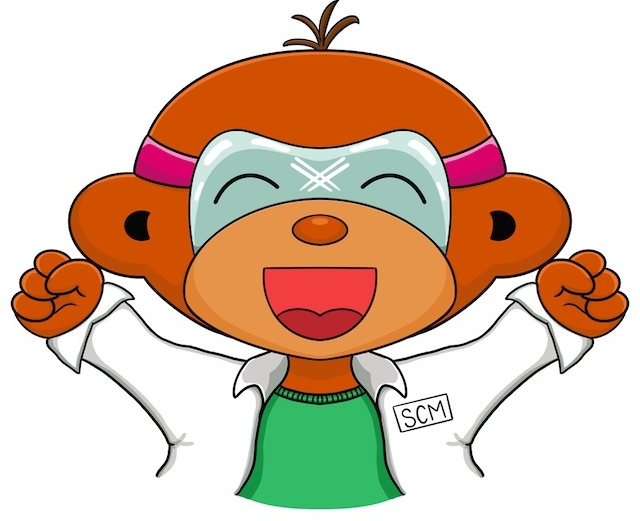Honeyquat in hair care products (updated)
Honeyquat was made for hair care products – literally! – so including it in a conditioner is a wonderful and good thing. It offers good wet combing and conditioning, and helps with anti-static control. Let’s take a look at a conditioner we made in the conditioning post…. OILY HAIR CONDITIONER – defrizzing, conditioning, moisturizing without...
